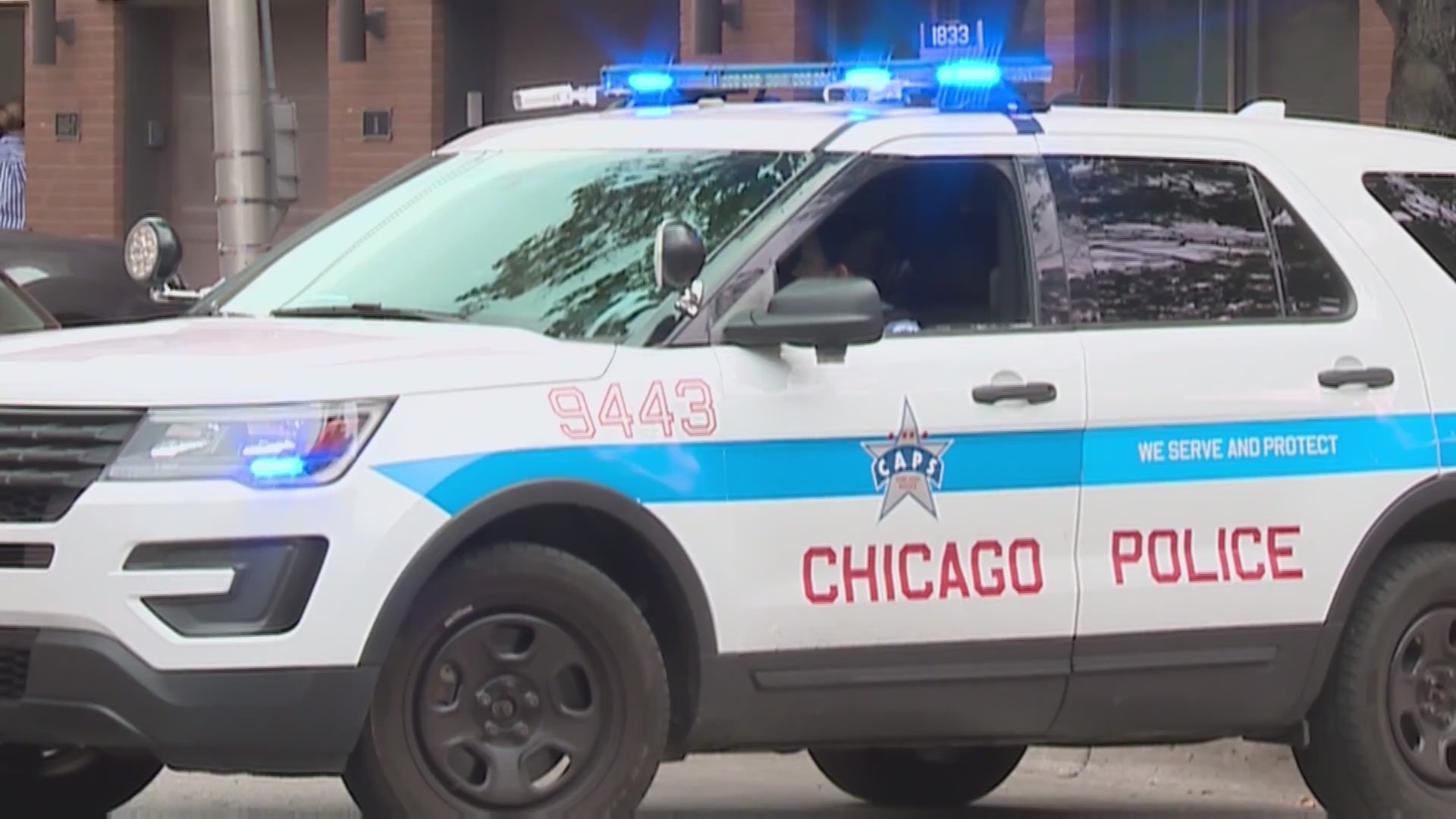Throughout history, police departments have implemented various crime-fighting strategies to address the erratic nature of crime. In football, a good defensive coordinator will spend countless hours in the film room looking for patterns and tendencies of the opposition before preparing the game-plan. The goal is to identify and implement a plan that will most effectively neutralize an offense. Police departments face many of the same challenges as do these defensive-coordinators. Both professions are subject to various rules which affect the implementation of their plans. There are consequences for not following the rules. Ignorance is not a defense.
In the NFL, the rule book is controlling. For police departments, the law is the governing doctrine. When the NFL changes its rules it comes as little surprise to anyone and usually generates little more than a yawn from the general public. By the time the rule is changed, sports fans have already been bombarded for months with hundreds of broadcasts on ESPN 1, 2, 3, 4 discussing and analyzing the change. Heck, even ESPN Deportes chimes in on the issue, although the station usually follows up with a subsequent clarification that the rule change affects only the NFL and not soccer. Take for example the recent changes the NFL made in response to concussions wherein it prohibited head to head contact when tackling. Even my grandmother knew about this rule change, although it appears Redskins safety Brandon Merriweather somehow missed the memo.
The law changes as well, however not enough people in law enforcement are made aware of the changes. Recent court rulings on the subject of “high-crime areas” are illustrative of this fact. Arguably, there is no greater crime fighting strategy than saturating a high-crime area with police officers. Departments have historically targeted hot-spot areas and flooded those areas with a strong police presence. Until recently, the courts have given police officers great latitude dealing with individuals within these specific areas. The courts are definitely taking a closer look at police activity in “high crime areas.” A couple of months ago a federal judge ruled that the stop-and-frisk tactics of the New York Police Department violated the constitutional rights of minorities in the city. Judge Shira A. Scheindlin found that the Police Department resorted to a “policy of indirect racial profiling” as it increased the number of stops in minority communities. The court ordered that a federal monitor oversee a series of broad reforms to the department’s policies. Illinois courts have also taken a narrower view of police activities in high crime areas.
The U.S. Supreme Court first referred to a ”high-crime area” in 1972. In upholding the propriety of a Terry stop based on an informant’s tip, the court implied that the fact that the incident occurred in a ”high-crime area” was an articulable fact that could be taken into account in assessing the legality of the stop. Adams v. Williams, 407 U.S. 143 (1972). Perhaps the most important decision applying this concept, the U.S. Supreme Court in 2000 held that unprovoked flight alone could be sufficient to uphold a Terry stop, as long as the unprovoked flight occurred in a ”high-crime area.” Illinois v. Wardlow, 528 U.S. 119 (2000). The courts have taken a much narrower view since.
For example, it is irrelevant if an officer sees a hand-to-hand transaction that might be drug activity occurring in a ”high-crime area” if the crime that is prevalent there is burglary.
Illinois case law requires something more than mere presence in a high crime area to give rise to reasonable suspicion, as demonstrated in Illinois v. Wardlow, 528 U.S. 119, 121-22, (2000). In Wardlow, a defendant who ran at the sight of police in a high crime area was in fact found to have acted in a manner supporting reasonable suspicion. However, the court clearly stated that being in an area of heavy narcotics trafficking was not enough to support reasonable suspicion, and it was only when coupled with defendant’s headlong flight was it suggestive to support reasonable suspicion.
It is clear that courts now require more than simply presence in a high crime area. In People v. Leggions, Ill.App.4.Dist.,2008, the Appellate Court cautioned against police activity based upon actions which could be innocent everyday conduct. In Leggions, the court found that a police officer’s observations of two people exiting one vehicle and entering another vehicle in an area known for narcotics trafficking did not create reasonable suspicion for investigatory stop. The court reasoned that to allow an investigatory stop with a fact pattern composed of such innocent actions would essentially provide officers absolute discretion to intrude into the lives of a large amount of persons who exited one vehicle and got into another, simply because they were unfortunate enough to visit or reside in a high-crime area. The court found that a very large category of innocent persons get out their own cars and into other people’s cars for a multitude of innocent reasons.
What is more in People v. Petty, Ill.App.2.Dist., 2012, Petty was observed parking his car directly next to another occupied car in a parking lot. Petty and the other occupant exited their cars, approached each other, engaged in a hand to hand exchange and then got back into their cars. The officers could not describe the hand to hand exchange that occurred in any detail, could not state what was exchanged, and they possessed no prior information that a narcotics transaction was going to take place. The court found that an investigatory stop of Petty was not valid, reasoning that the officers came upon him in a high crime area purely by coincidence and the officers had no other reasons to suspect criminal activity outside of Petty’s actions, which could easily be explained by any number of innocent scenarios.
Many times police officers have numerous other articulable reasons which would justify their activity. Based upon the temperature of the courts today, it is imperative that officers articulate those reason in their reports and testimony.


